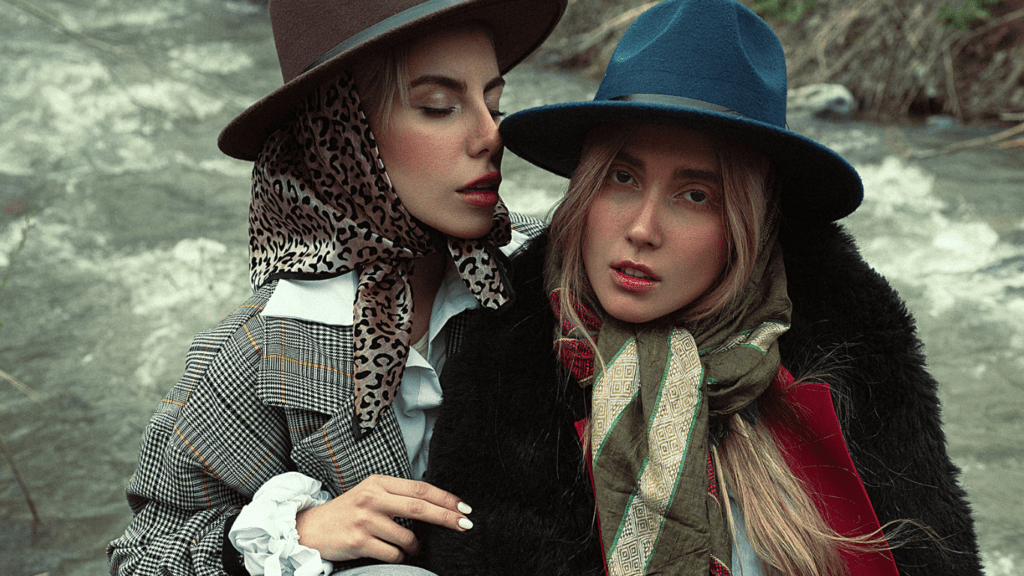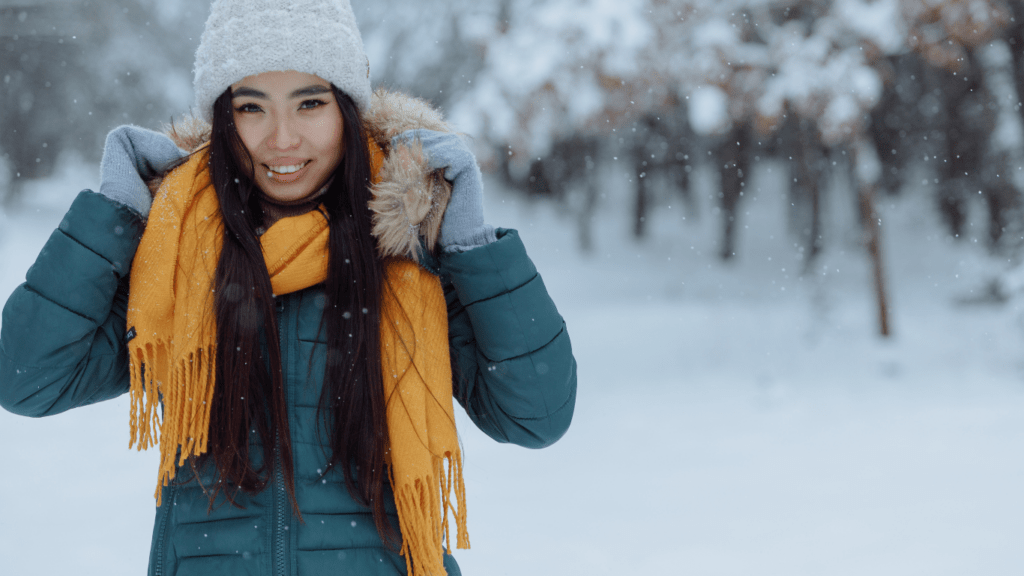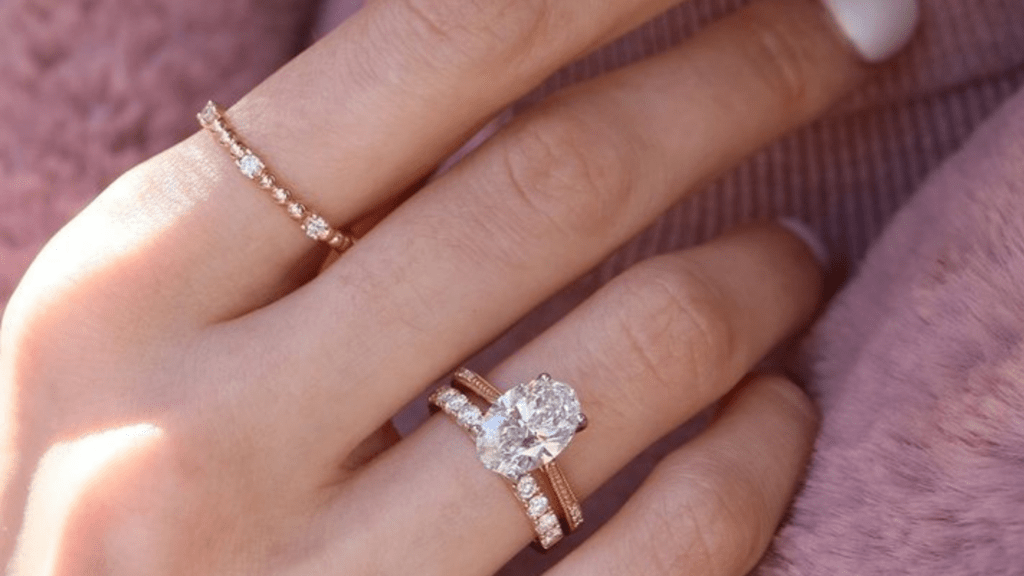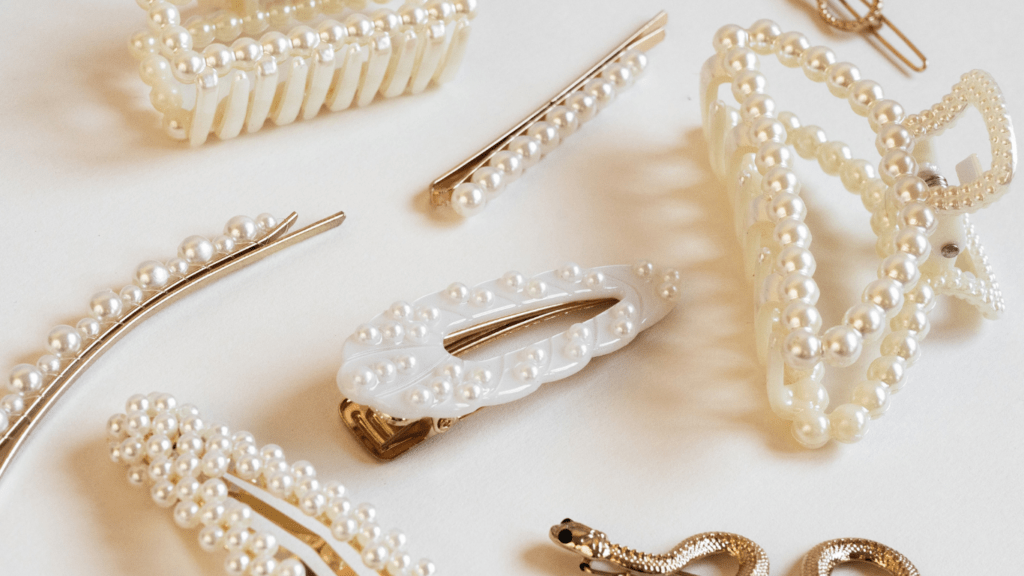The History And Significance Of Scarves
Scarves have a rich history spanning thousands of years. Ancient Egyptian Queens used scarves to signify royalty in 1350 B.C. Meanwhile, military personnel during the Chinese Zhou Dynasty used them to denote rank, showcasing their integral role in hierarchical structures.
During the Roman Empire, men wore scarves, known as sudariums, to wipe sweat and for social status indication. In the 17th century, Croatian soldiers wore scarves, which later evolved into the modern necktie. Their significance surged as they symbolized respectability and elegance in European fashion.
Cultural motifs have deeply influenced scarf designs. For instance, Middle Eastern keffiyehs carry cultural meanings of solidarity and heritage. Similarly, the Scottish tartan scarves represent family clans and regional pride. In India, scarves traditionally called dupattas or chunaris are integral accessories in celebratory attire.
Fashion houses like Hermès and Burberry have elevated scarves to luxury status. Hermès launched its iconic silk scarf in the 1930s, becoming a symbol of timeless elegance. Burberry’s classic check pattern scarves became synonymous with British high fashion by the 1960s.
Overall, scarves’ history and evolving significance reflect their continual adaptation to cultural, social, and fashion trends across centuries.
Versatile Styles And Designs
Scarves offer an incredible range of styles and designs to suit any fashion preference. Each type serves unique purposes, making scarves essential for any wardrobe.
Types Of Scarves
Scarves come in various types catering to different styling needs:
- Rectangle Scarves: Also known as oblong scarves, they’re perfect for wrapping around the neck or draping over the shoulders for a classic look.
- Square Scarves: These versatile scarves can be folded into triangles and worn around the neck, head, or even as a top.
- Infinity Scarves: Circular in design, they can be looped around the neck twice for a cozy, effortless style.
- Shawls: Larger than typical scarves, they provide warmth and elegance when draped over the shoulders during cool evenings.
- Bandanas: Smaller square scarves, often used as headbands, neckerchiefs, or face coverings.
Popular Fabrics And Patterns
The fabric and pattern of a scarf greatly influence its use and style:
- Silk: These lightweight, smooth scarves add a touch of luxury and are perfect for formal occasions or summer wear.
- Wool: Ideal for winter, wool scarves provide excellent warmth and pair well with coats and jackets.
- Cotton: Breathable and soft, cotton scarves work well for spring and summer, adding casual flair to any outfit.
- Cashmere: Known for its softness and warmth, cashmere scarves offer a sophisticated look suitable for various settings.
- Synthetic Fabrics: Materials like polyester and acrylic mimic natural fibers, providing affordable and versatile scarf options.
- Polka Dots: Fun and playful, perfect for adding a pop of personality to an outfit.
- Stripes: Timeless and adaptable, stripes can be bold or subtle to match any style.
- Floral Prints: These feminine patterns add a touch of elegance and are especially popular in spring and summer.
- Plaid: From Scottish tartans to modern interpretations, plaid scarves are a classic choice for fall and winter.
- Animal Prints: Bold and stylish, these patterns create a statement piece that elevates any look.
Scarves For Every Season

Scarves can enhance any outfit all year round. Each season, they offer unique styling and practical benefits.
Scarves For Spring
Spring scarves provide style and light warmth. Lightweight wool, silk, and cotton work best. Floral and pastel patterns often complement spring styles. I often wrap a silk scarf around my neck or tie it to my handbag for a chic touch.
Scarves For Summer
Summer scarves can add flair without causing heat. Opt for materials like linen or thin cotton. Bright colors and light, airy patterns look great. I prefer using a lightweight scarf as a headband or belt to accessorize summer outfits.
Scarves For Fall
Fall scarves offer warmth and a way to embrace seasonal colors. Wool, cashmere, and heavier cotton materials are ideal. Earthy tones, plaids, and autumn-themed prints suit the season. I often drape a shawl-style scarf over my shoulders or wrap a thick wool one around my neck for added style and warmth.
Scarves For Winter
Winter scarves provide essential warmth. Choose materials like cashmere, heavy wool, and fleece. Deep colors and festive patterns can enhance winter fashion. I like to wrap a thick scarf multiple times around my neck or let it hang over a winter coat for both warmth and a stylish look.
How To Style Scarves
Scarves elevate any outfit with minimal effort. Here’s how you can incorporate them into various looks.
Casual Outfits
Casual styling with scarves offers relaxed yet chic aesthetics. For a laid-back look, drape a lightweight cotton scarf loosely around your neck. Cotton scarves in neutral tones enhance jeans and t-shirt ensembles. Alternatively, tie a bandana-style scarf around your hair for a boho touch. Light silk scarves serve as headbands or wrist accessories, subtly enhancing simple outfits.
Professional Looks
Scarves add sophistication to professional attire. For office wear, opt for silk or cashmere scarves in solid colors or subtle patterns. A silk scarf tucked into a blazer or tied neatly around your neck highlights a polished look. Muted tones like navy, black, or beige harmonize with business suits or formal dresses. Alternatively, drape a cashmere shawl over your shoulders to add elegance without compromising warmth.
Evening Wear
Evening wear benefits from luxurious scarf materials and intricate designs. Choose a silk or velvet scarf with sequins or embroidery to complement your cocktail dress or evening gown. Drape it over one shoulder for a classic look or tie it loosely for a modern twist. Rich colors like deep red, midnight blue, or metallics add a touch of glamor to your evening attire. Velvet or pashmina shawls also work well for cooler nights, combining warmth and style.
Caring For Your Scarves
Proper care extends the life and beauty of scarves, regardless of their material. Here, I’ll dive into fabric-specific tips to keep your scarves looking their best.
Silk Scarves
Handwash silk scarves in lukewarm water to prevent damage. Use a mild detergent and avoid wringing; instead, gently press the water out. Lay the scarf flat on a towel to dry. Iron on low heat to maintain the fabric’s sheen if needed.
Wool and Cashmere Scarves
Gently handwash wool and cashmere scarves with a wool-specific detergent in cool water. Avoid twisting or wringing the fabric. Place the scarf on a towel and roll it to squeeze out excess water. Lay flat to dry and reshape it while damp.
Cotton and Linen Scarves
Machine wash cotton and linen scarves on a gentle cycle using cold water. To avoid fraying, place the scarf in a mesh laundry bag. Tumble dry on low heat or hang to dry, and iron if necessary to remove wrinkles.
Synthetic Material Scarves
For synthetic scarves, such as those made from polyester or nylon, machine wash on a gentle or delicate cycle. Use cold water and mild detergent. Tumble dry on low heat and use an iron on low if needed.
- Storage: Fold scarves neatly or hang them on a dedicated rack to prevent wrinkles and tangles.
- Stain Removal: Address stains immediately by dabbing with a mild detergent or taking the scarf to a professional cleaner.
- Avoid Sunlight: Store scarves away from direct sunlight to prevent color fading.
These care methods ensure that your scarves remain a versatile and stylish accessory across all seasons.





